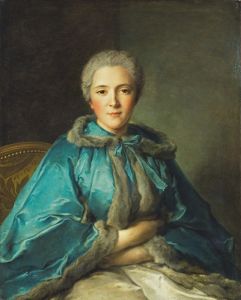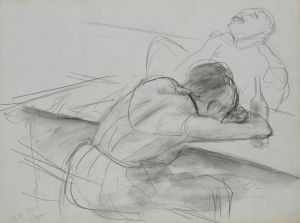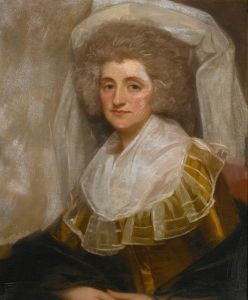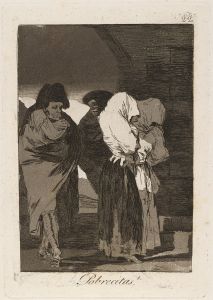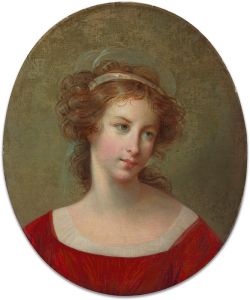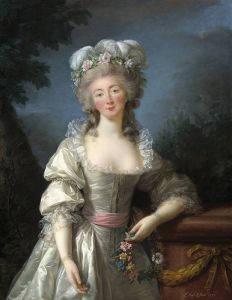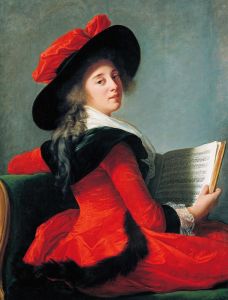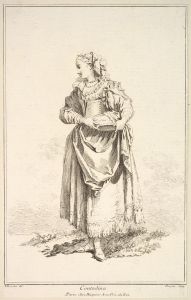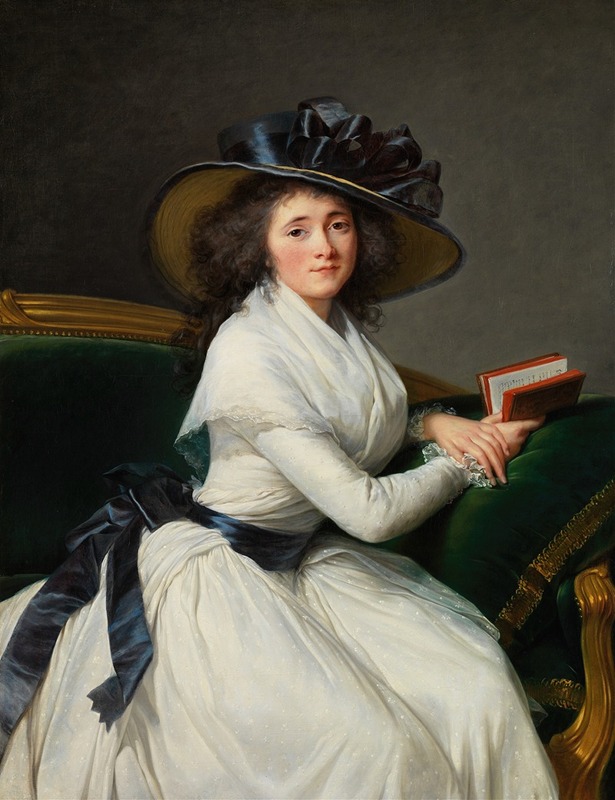
Comtesse de la Châtre
A hand-painted replica of Elisabeth Louise Vigée Le Brun’s masterpiece Comtesse de la Châtre, meticulously crafted by professional artists to capture the true essence of the original. Each piece is created with museum-quality canvas and rare mineral pigments, carefully painted by experienced artists with delicate brushstrokes and rich, layered colors to perfectly recreate the texture of the original artwork. Unlike machine-printed reproductions, this hand-painted version brings the painting to life, infused with the artist’s emotions and skill in every stroke. Whether for personal collection or home decoration, it instantly elevates the artistic atmosphere of any space.
The painting Comtesse de la Châtre is a portrait created by the renowned French artist Élisabeth Louise Vigée Le Brun in 1789. Vigée Le Brun, one of the most celebrated portrait painters of her time, was known for her skill in capturing the elegance and personality of her sitters, particularly members of the aristocracy and royal court. This work exemplifies her refined style and mastery of portraiture during the late 18th century.
The subject of the painting, Marie Charlotte Louise Perrette Aglaé Bontemps, Comtesse de la Châtre, was a member of the French nobility. She was married to Claude Antoine de la Châtre, Marquis de La Maisonfort, who later became the Duc de La Châtre. The Comtesse was part of the elite circles of pre-revolutionary France, and her portrait reflects the sophistication and grace associated with her social standing.
In the painting, the Comtesse is depicted seated outdoors, dressed in a flowing white gown with a blue sash. Her attire, typical of the neoclassical fashion of the time, reflects the influence of ancient Greek and Roman aesthetics, which were popular in late 18th-century France. The soft, naturalistic rendering of her features and the serene expression on her face are hallmarks of Vigée Le Brun's style. The artist's use of light and color enhances the delicate textures of the fabric and the sitter's complexion, creating a sense of warmth and vitality.
The setting of the portrait, with its inclusion of natural elements such as trees and an open sky, aligns with the Romantic ideals of the period, which emphasized a connection to nature. This approach also reflects Vigée Le Brun's preference for portraying her subjects in relaxed, informal poses, often in outdoor or pastoral settings, as opposed to the more rigid and formal compositions typical of earlier portraiture.
Élisabeth Louise Vigée Le Brun painted this portrait during a pivotal moment in French history, just before the outbreak of the French Revolution. As a favored portraitist of Queen Marie Antoinette, Vigée Le Brun was closely associated with the monarchy and the aristocracy. The Revolution would soon force her to flee France, marking a significant turning point in her career and life.
Today, Comtesse de la Châtre is held in the collection of the National Gallery of Art in Washington, D.C. It remains a testament to Vigée Le Brun's artistic talent and her ability to capture the elegance and individuality of her subjects. The painting is admired not only for its technical excellence but also for its historical significance, offering a glimpse into the lives and aesthetics of the French aristocracy on the eve of monumental social and political change.





